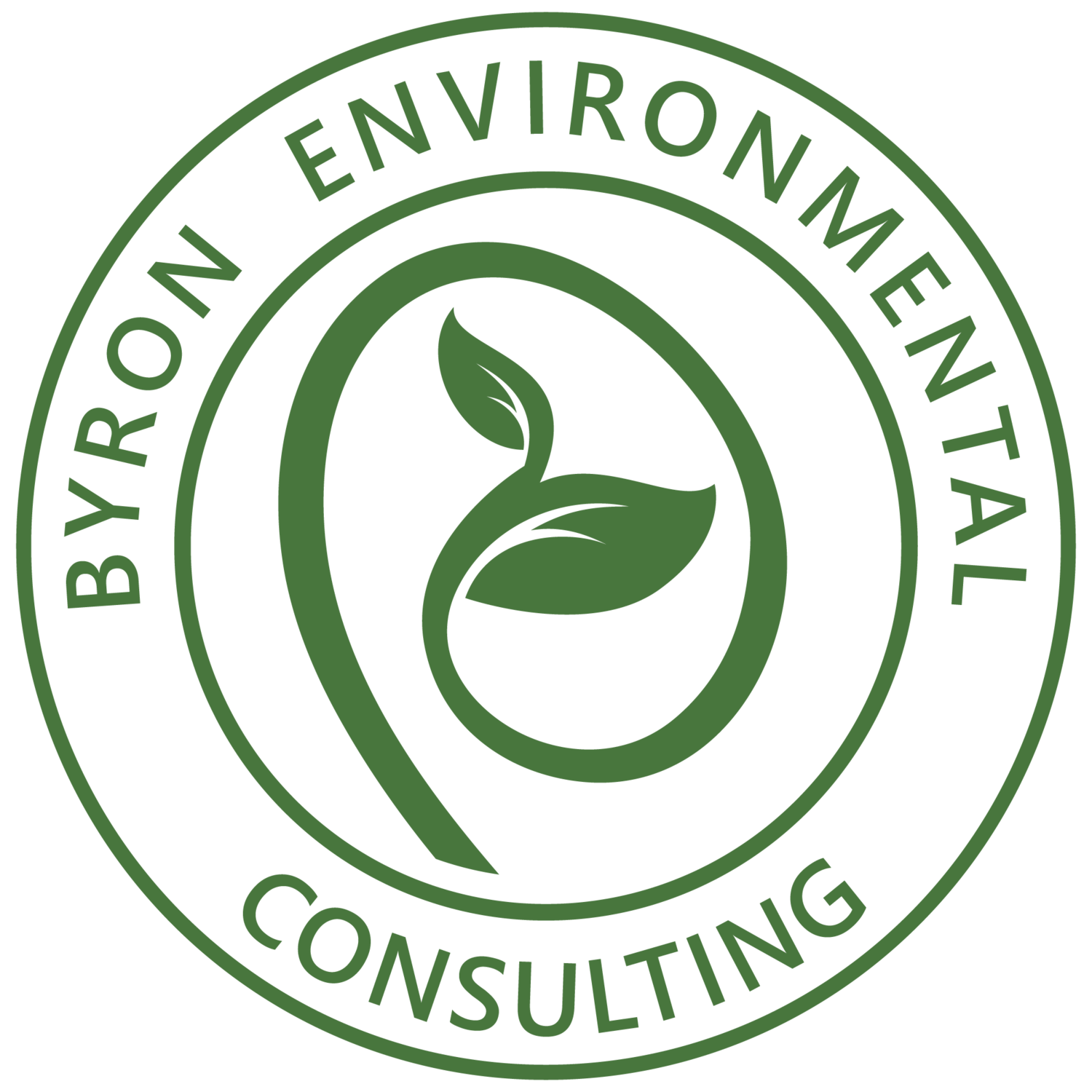In on-site wastewater management systems (OSMS)—such as septic tanks, aerated wastewater treatment systems (AWTS), and reed bed systems—nitrogen is a key component of wastewater that must be managed properly to prevent environmental harm. Below, I’ll explain how nitrogen cycles through these systems and how it differs from agricultural nitrogen sources.
Nitrogen in On-Site Wastewater Management Systems
Household wastewater contains nitrogen from urine, feces, food waste, and detergents. When this wastewater is treated in an OSMS, nitrogen goes through several transformations:
Ammonification (Organic Nitrogen → Ammonia/Ammonium)
Waste from toilets and kitchens contains organic nitrogen.
Microbes in septic tanks or treatment units break it down into ammonium (NH₄⁺).
Nitrification (Ammonium → Nitrate)
In systems with aerobic treatment (like AWTS or sand filters), bacteria convert ammonium into nitrate (NO₃⁻), which is more mobile in soil.
Denitrification (Nitrate → Nitrogen Gas)
In systems with anaerobic conditions (like wetlands or deep soil layers), bacteria convert nitrate into nitrogen gas (N₂), which escapes harmlessly into the atmosphere.
Plant Uptake (in Land Application Areas)
If wastewater is dispersed via subsurface irrigation or an evapotranspiration area (ETA), plants and soil microbes can absorb and use some of the nitrogen before it reaches groundwater.
Nitrogen in Agricultural Systems
In contrast, nitrogen from farms comes from:
Animal waste (urine, manure, and decomposition of organic matter).
Fertilizers (synthetic or organic, such as urea and ammonium nitrate).
Crop residues breaking down into nitrogen.
Key Differences from OSMS:
The primary difference between OSMS and agricultural nitrogen management lies in scale and application. On-site wastewater systems manage nitrogen at the household level, processing human waste and food scraps in contained treatment units. These systems are designed to prevent direct pollution by using soil-based disposal and treatment methods, such as reed beds or subsurface irrigation. In contrast, agricultural nitrogen management occurs on a much larger scale, with farms applying manure and synthetic fertilizers directly to fields. This increases the risk of runoff into waterways and nitrogen leaching into groundwater.
Processing methods also differ significantly. Household OSMS rely on controlled treatment processes such as nitrification, denitrification, and plant uptake to reduce nitrogen impacts. Agricultural practices, however, involve direct land application of nitrogen-rich materials, often exceeding what crops can absorb, leading to nutrient loss and environmental pollution.
Additionally, OSMS are regulated per household, ensuring compliance with environmental standards, while agricultural nitrogen management is governed by broader land-use practices and fertilizer regulations. Due to the high nitrogen loads applied to farmland, the risk of pollution from agriculture is significantly greater than that of a properly managed OSMS.
How Farmers Can Work with the Nitrogen Cycle
Farmers can take several measures to manage nitrogen efficiently and reduce environmental impacts. Implementing cover cropping with legumes can naturally fix atmospheric nitrogen in the soil, reducing the need for synthetic fertilizers. Rotational grazing helps distribute manure evenly across fields, preventing excessive nitrogen buildup in one area. Using precision fertilization techniques, such as slow-release fertilizers and soil testing, ensures that crops receive the exact amount of nitrogen they need, minimizing excess runoff. Additionally, buffer strips and constructed wetlands can capture and process excess nitrogen before it reaches waterways, helping to protect local ecosystems. By aligning their practices with the natural nitrogen cycle, farmers can maintain productivity while reducing nitrogen pollution.
Why Nitrogen Management Matters for OSMS
If a septic system or land application area is poorly designed:
Excess nitrate can leach into groundwater, contaminating drinking water sources.
High nitrogen levels in soil and water can contribute to algal blooms in nearby rivers and lakes.
How to Reduce Nitrogen Pollution from OSMS:
Use advanced treatment (e.g., AWTS, reed beds, wetlands).
Design larger land application areas for better absorption.
Maintain the system properly to prevent septic failure and leaks.
While OSMS and farms both contribute nitrogen to the environment, the risk and scale of pollution from agriculture is much higher due to direct land application and runoff potential. Properly managed OSMS can significantly reduce nitrogen impacts at the household level, supporting healthier soils and waterways in Northern Rivers.


